Our solar system is home to eight planets, but they are not alone—orbiting them are hundreds of moons, each with unique landscapes, geological activity, and even potential for life. As of 2024, astronomers have confirmed over 416 natural satellites, with new discoveries happening regularly.
These moons are far more than just rocky companions—they are dynamic worlds with volcanoes, underground oceans, thick atmospheres, and mysteries that could reshape our understanding of life in the universe.
Earth’s Moon: The Steady Guardian
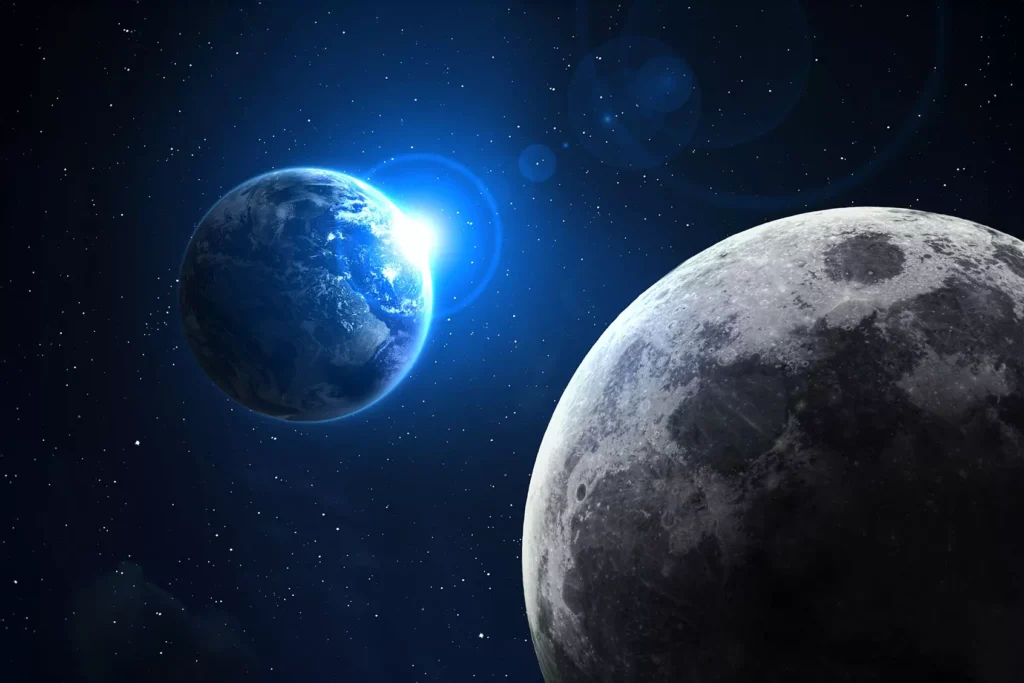
Why Our Moon is Unique
Earth has just one natural satellite, but it plays a critical role in sustaining life:
- Stabilizes Earth’s axial tilt, preventing extreme climate shifts.
- Controls ocean tides, shaping marine ecosystems.
- Influences human culture, from mythology to space exploration.
The Only Moon Humans Have Walked On
- Apollo missions (1969-1972) landed 12 astronauts on the Moon.
- Artemis Program (2025+) aims to return humans, including the first woman.
- Future lunar bases could serve as stepping stones for Mars missions.
Mars’ Moons: Phobos and Deimos – Doomed Companions
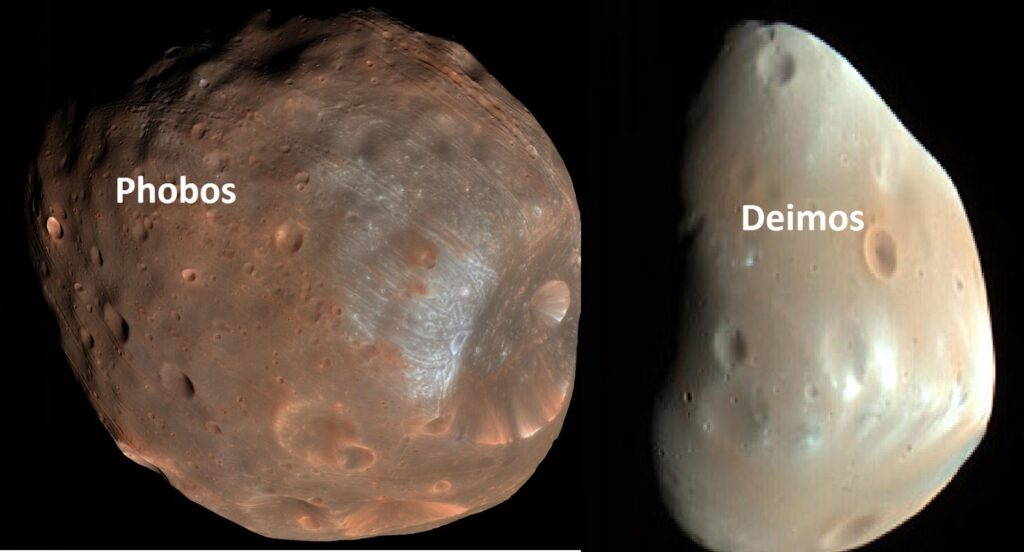
Captured Asteroids, Not Born with Mars
- Both moons are small, irregularly shaped, resembling asteroids.
- Likely captured by Mars’ gravity billions of years ago.
Phobos: A Moon on Borrowed Time
- Orbits just 6,000 km above Mars (closer than any other moon to its planet).
- Spiraling inward by 1.8 cm per year—will either crash into Mars or break into a ring in 50 million years.
Deimos: The Slow Fade
- Orbits much farther out and will eventually escape Mars’ gravity.
Jupiter’s Moons: A Mini Solar System (95+ and Counting)
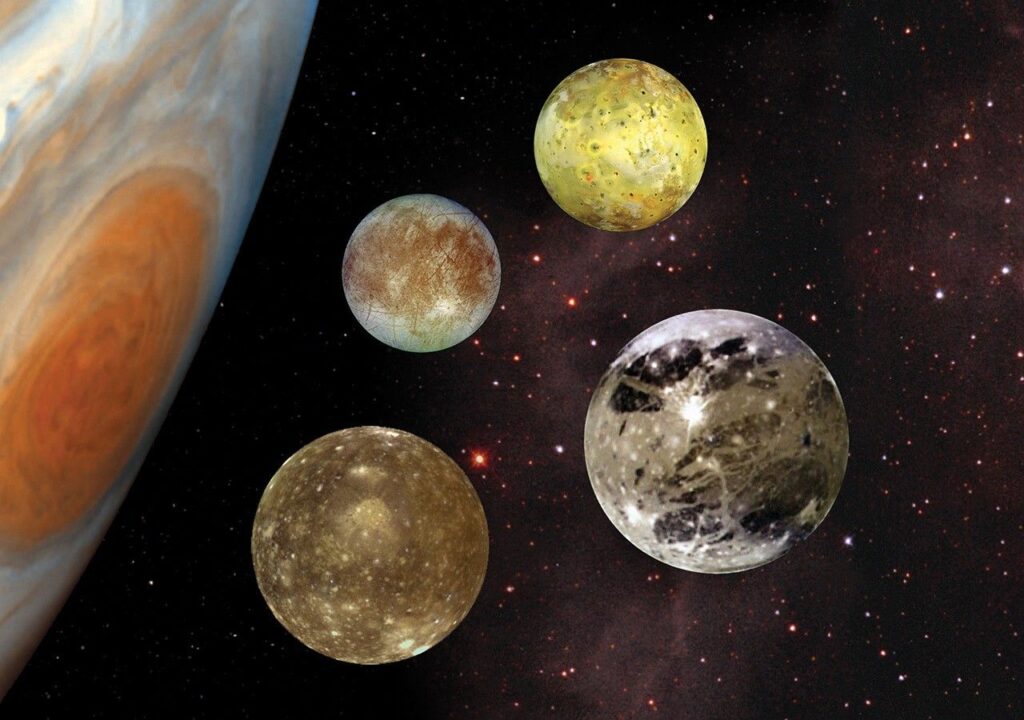
The Galilean Moons: Jupiter’s Crown Jewels
Discovered by Galileo Galilei in 1610, these four moons are among the most fascinating worlds in the solar system.
1. Io – The Volcanic Inferno
- Most volcanically active body in the solar system.
- 400+ active volcanoes spewing sulfur and lava.
- Heated by Jupiter’s gravitational pull, causing extreme tidal forces.
2. Europa – The Ice-Covered Ocean World
- Thick ice shell hiding a subsurface ocean twice Earth’s water volume.
- One of the top candidates for alien life—future missions (Europa Clipper) will search for signs.
3. Ganymede – The Largest Moon in the Solar System
- Bigger than Mercury and the only moon with its own magnetic field.
- May have a hidden saltwater ocean beneath its crust.
4. Callisto – The Ancient, Scarred Moon
- Most heavily cratered moon, showing a record of 4 billion years of impacts.
- Possible underground ocean, but less likely to host life than Europa.
Jupiter’s Other Moons
- Many are small, irregular, likely captured asteroids.
- New moons are still being discovered—Jupiter may have over 100+ in total.
Saturn’s Moons: A Staggering 146+ and Growing
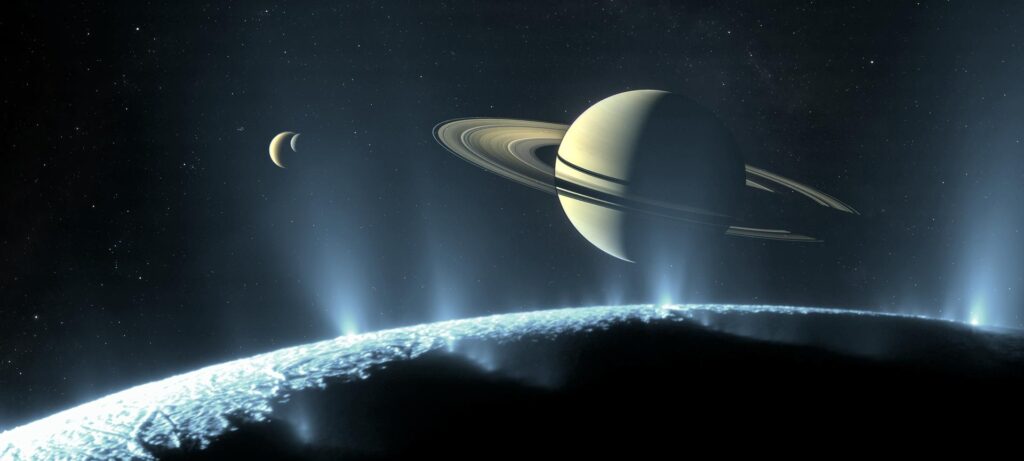
Titan: The Moon with Rivers and Lakes (But Not Water)
- Only moon with a thick atmosphere (mostly nitrogen and methane).
- Methane rain, rivers, and lakes—similar to Earth’s water cycle.
- NASA’s Dragonfly mission (2034) will send a drone to explore Titan’s surface.
Enceladus: The Geyser Moon with a Hidden Ocean
- Icy surface with massive water plumes shooting from cracks.
- Confirmed global subsurface ocean—another prime candidate for life.
Other Notable Moons of Saturn
- Mimas – The “Death Star Moon” (giant crater makes it look like the Star Wars station).
- Iapetus – Two-toned moon with a mysterious dark side.
- Hyperion – Spongy, irregular moon with chaotic rotation.
Uranus’ Moons: The Icy Shakespearean Family (28 Known)
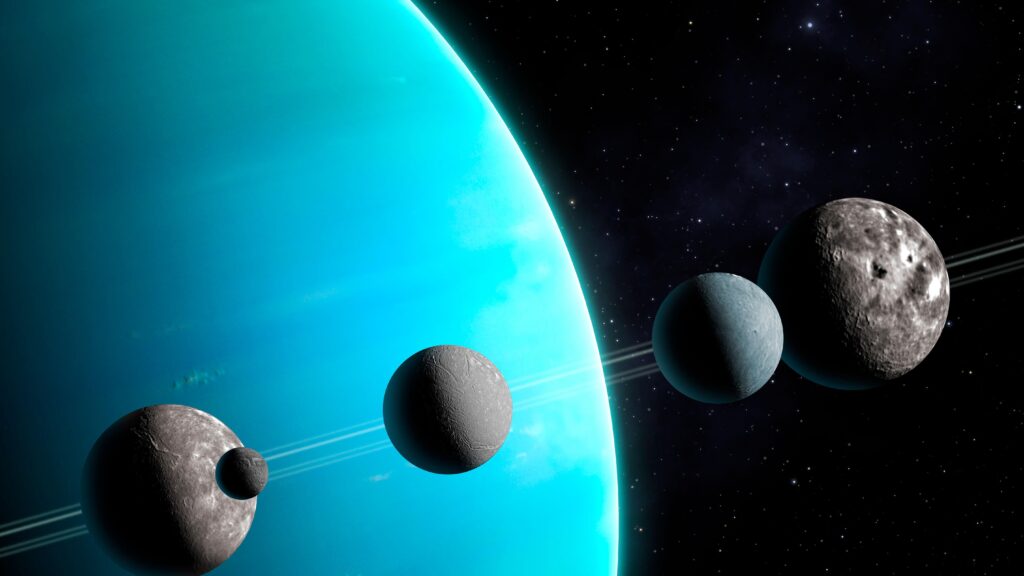
Named After Literary Characters
- Titania & Oberon – Largest moons, likely made of ice and rock.
- Miranda – Bizarre, fractured surface with 20 km-high cliffs.
Uranus’ Tilt Affects Its Moons
- The planet orbits on its side, so moons have extreme seasonal changes.
Neptune’s Moons: Triton and the Outcasts (16 Known)
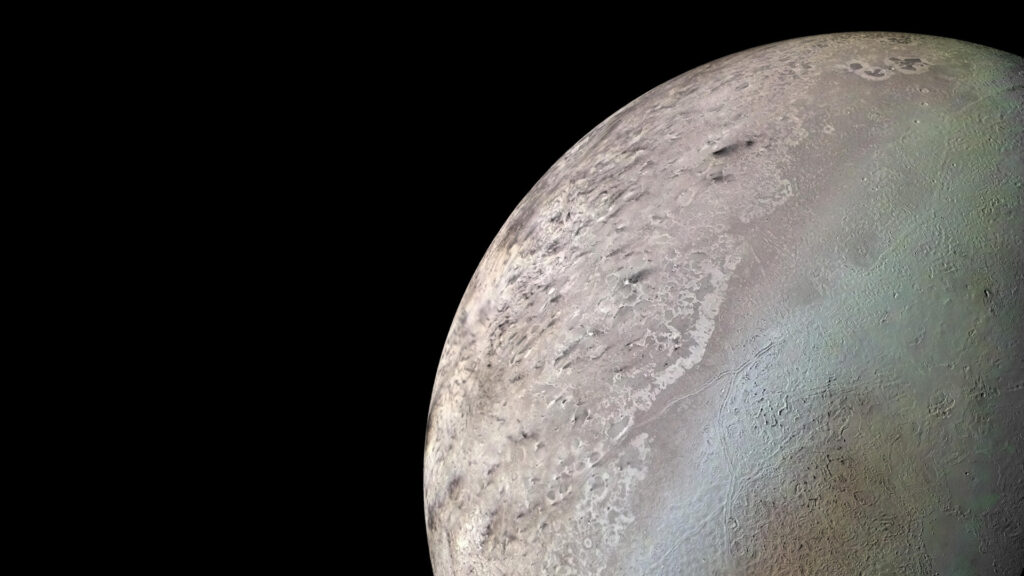
Triton: The Backward Moon with Geysers
- Orbits backward (retrograde), suggesting it was captured from the Kuiper Belt.
- Active nitrogen geysers—one of the coldest places in the solar system.
- Destined for destruction—Neptune’s gravity will rip it apart in 100 million years.
Other Small Moons of Neptune
- Mostly irregular, captured objects from the outer solar system.
Future Moon Discoveries: Why the Count Keeps Rising
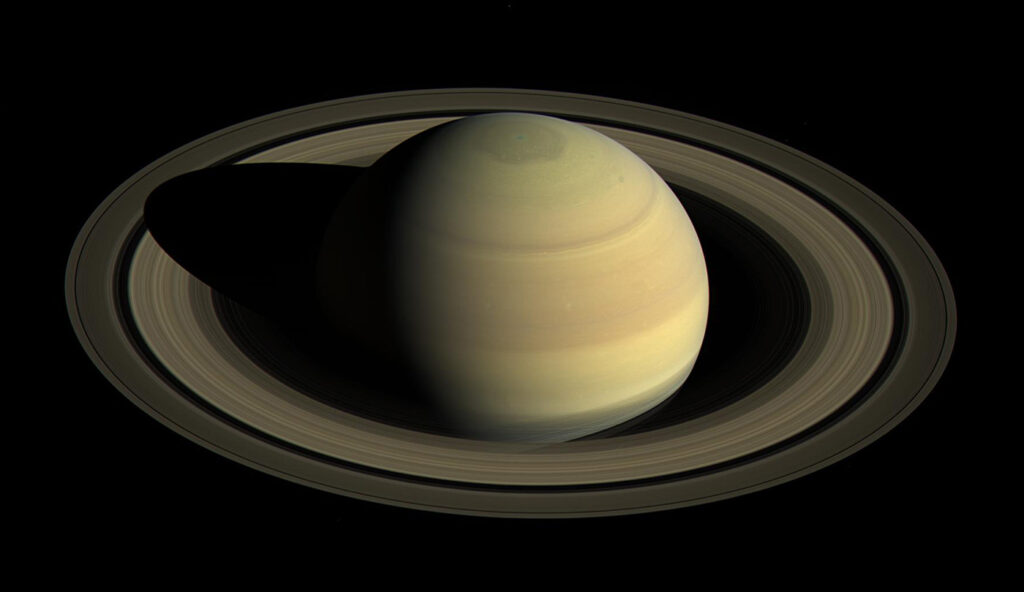
New Telescopes and Missions Will Find More
- James Webb Space Telescope (JWST) can detect faint moons.
- Europa Clipper (2024), Dragonfly (2034) will explore moons in detail.
Could There Be Life on a Moon?
- Europa, Enceladus, Titan are the best candidates.
- Future missions will drill through ice or analyze plumes for microbial life.







